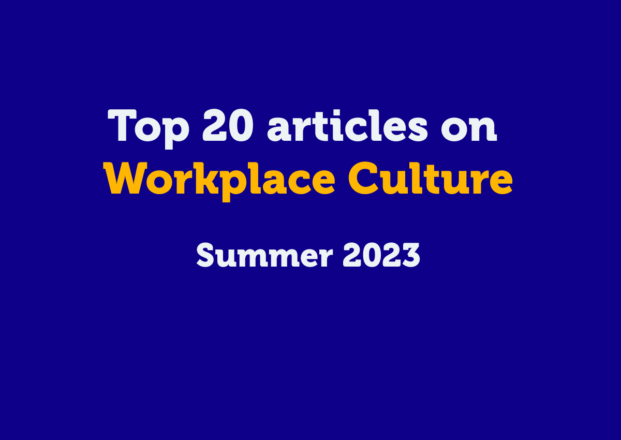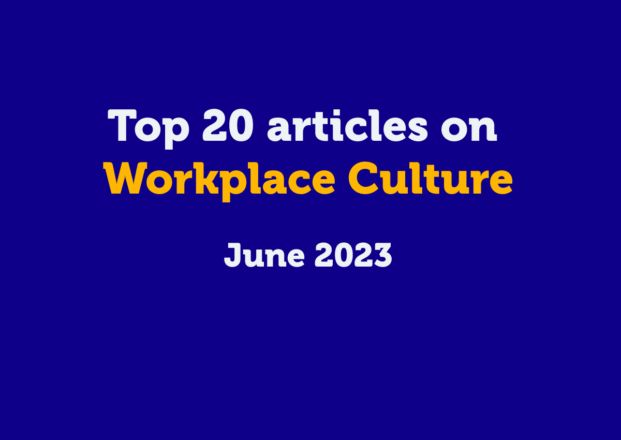
15th October 2024
LinkedIn Highlights Urgent Green Skills Gap as Demand Surges

LinkedIn’s new data reveals a growing green skills gap as demand for green talent outpaces supply. The report highlights that demand for green skills is rising faster than supply, with demand projected to double by 2050. Governments and companies must prioritize workforce development to achieve climate goals and bridge this gap.
This article was written by Sidhi Mittal and published in edie.
Hiring rates for green talent are notably higher than average. This is according to LinkedIn’s Global Climate Talent Stocktake 2024.
The report, published on 19 September, highlights that global demand for green talent increased by 11.6% from 2023 to 2024, but supply grew by only 5.6%. This disparity is projected to widen to 101.5% by 2050 if trends continue.
Countries at the forefront of green talent demand include the UK, where 13% of job roles require at least one green skill, followed by Ireland (12.4%), Saudi Arabia (11.7%), Norway (11.6%) and Switzerland (11.5%).
On the demand side, demand has surged dramatically in Portugal, with a 71.3% increase in roles requiring such skills year-on-year. The UK also saw a substantial annual rise of 46%, Costa Rica experienced a 40% increase, Singapore’s demand grew by 27.1%, and Luxembourg saw a 27% rise.
In Germany, which has prioritised green hydrogen in its net-zero plan, the adoption of skills in renewable hydrogen and hydrogen storage increased by 224.5% and 130.7%, respectively. However, overall green talent supply remains inadequate to meet the rising demand.
LinkedIn’s public policy and economic graph vice president Sue Duke said: “Every climate goal around the world, every commitment made, is at risk if we don’t have a workforce that can deliver the change we urgently need.
“The economic opportunity is there, and a promising skills-based pathway exists. This year is an inflection point for our planet—and for workers—as countries and companies write new climate commitments; they must include explicit investments in the green workforce.”
The report comes just weeks before the next annual UN climate summit, COP29, which will take place in Baku from 11 November.
Hiring rate for green skills
The report highlights that hiring rates for green talent are notably higher than average.
Globally, the hiring rate for green talent is 54.6% greater than for the overall workforce. In the US, where demand for green talent grew by 9.8% and supply increased by 3.1%, the hiring rate for green skills is 80.3% higher than the overall hiring rate.
Similarly, in Ireland, demand grew by 22.1% while supply increased by 6.3%, leading to a 79.8% higher hiring rate for green talent. In the UK, green talent hiring rates are 72% higher than the average, despite a 46% rise in demand and only a 5.3% increase in supply.
Even in countries where green job postings have decreased—such as Finland and the Netherlands—green talent continues to be hired at more than twice the rate of other talent.
LinkedIn’s report stresses the critical need for immediate action to expand the green talent pool, in order to bridge the skills gap.
The platform recommends that governments incorporate skills development plans into their climate strategies and their Paris Agreement contributions.
It is also calling for a formal COP29 declaration to accelerate the development of the global climate workforce and ensure that climate ambitions are matched with effective workforce expansion plans.
Read the article in full here: LinkedIn warns of looming green skills gap as demand skyrockets







